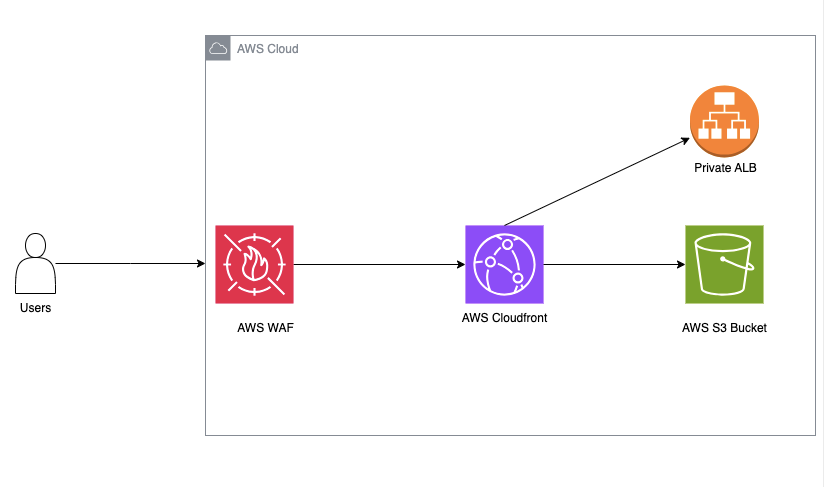About Symbo Insurance
Symbo Insurance, a leading insurtech company, offers a robust SaaS platform that empowers insurance providers to streamline their distribution channels. However, Symbo faced challenges with high latency, server overload, and inefficient deployment processes, which impacted user experience and operational efficiency.
To address these issues, TechPartner implemented AWS CloudFront, a powerful Content Delivery Network (CDN), alongside AWS CodeBuild and AWS WAF. This comprehensive solution enhanced performance, improved security, and automated the deployment process, significantly reducing downtime and improving scalability.
THE CLIENT’S CHALLENGE
Symbo Insurance’s web application experienced multiple performance and operational issues:
- High Latency: Increasing global user traffic led to slow page load times and reduced responsiveness.
- Server Overload: Frequent direct hits on the origin servers caused slowdowns during peak traffic periods.
- Bandwidth Costs: Heavy data transfer from origin servers increased operational expenses.
- Scalability Concerns: The existing infrastructure struggled to handle rising user demand without compromising performance.
- Security Risks: Exposure of the origin server’s IP addresses posed potential threats.
Manual Deployment Process: Manual build and deployment methods resulted in inefficiencies, delays, and increased risk of errors.
TechPartner’s Solution: AWS CloudFront Implementation
ARCHITECTURE

TechPartner designed and implemented a robust content delivery strategy (CDN) leveraging AWS CloudFront, AWS CodeBuild, and AWS WAF to address Symbo’s challenges.
Step-by-Step Implementation
- AWS CloudFront Configuration
- Created a CloudFront Distribution to serve both static and dynamic content.
- Integrated Amazon S3 as the origin for static content to ensure cost-effective and scalable storage.
- Configured AWS Application Load Balancer (ALB) as the origin for dynamic content to manage traffic securely and efficiently.
- Enabled Edge Caching to minimize latency and reduce origin server requests.
- Performance Optimization
- Implemented cache policies and optimized TTL (Time to Live) values for improved content freshness and faster delivery.
- Enabled Gzip and Brotli compression to minimize content size and enhance download speeds.
- Integrated AWS Lambda@Edge to personalize content delivery at edge locations, reducing the backend load.
- Security Enhancements
- Deployed AWS WAF to filter malicious traffic and mitigate OWASP Top 10 threats.
- Configured Origin Shield to add an extra caching layer before reaching the origin, enhancing protection.
- Enabled AWS Shield Standard for proactive DDoS protection.
- Used signed URLs and cookies to safeguard premium and restricted content.
- Automation with AWS CodeBuild
- Integrated AWS CodeBuild to automate the web application’s build and deployment processes.
- Streamlined CI/CD pipelines to accelerate releases, improve reliability, and reduce downtime.
- Logging & Monitoring
- Enabled CloudFront Access Logs in Amazon S3 for detailed tracking and analysis.
- Integrated AWS CloudWatch for real-time performance insights.
- Additionally, AWS X-Ray can be used to trace request flows, identify bottlenecks, and optimize performance.
Impact of CloudFront Implementation









